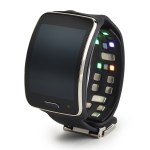Raspberry Pi 2 review
What’s got four cores, no screen, and is still the best way to spend £25 on an almost complete PC system?
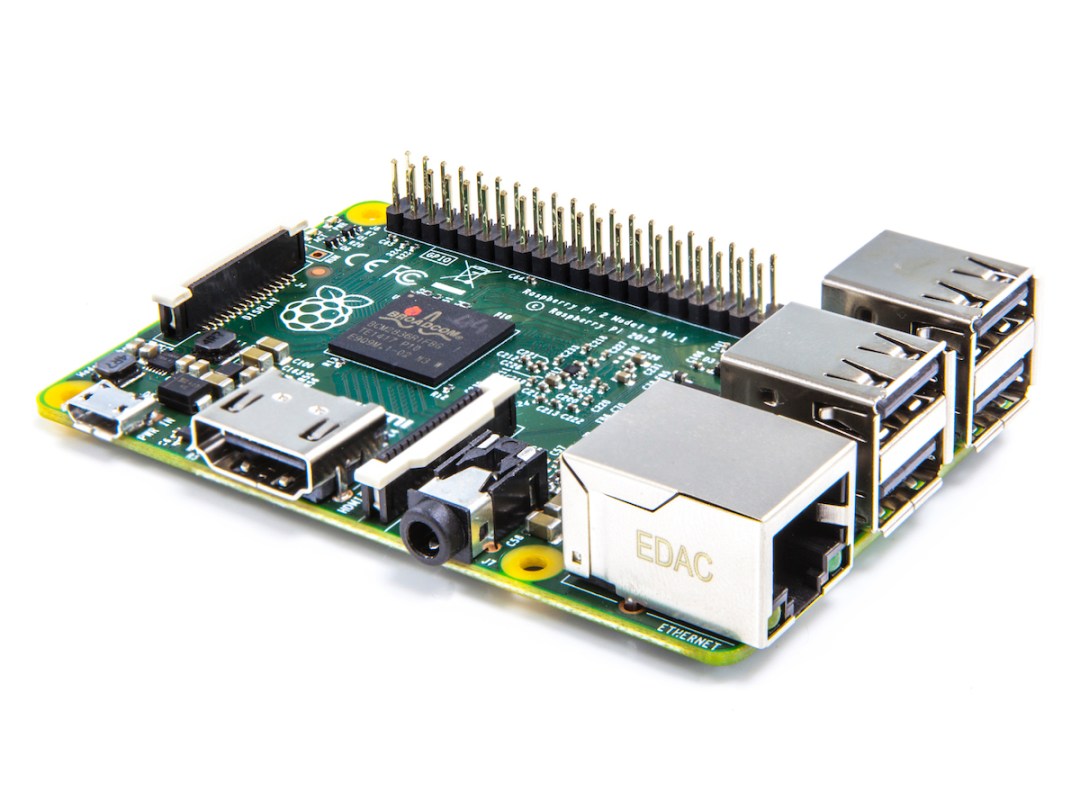
In a world where even Apple can’t keep secrets from the many nosey noses of the international tech press, the Raspberry Pi Foundation pulled off something remarkable earlier this year. It announced a hitherto unheard-of sequel to its best selling credit-card sized computer, boxed and ready for sale.
Not only was it a big surprise, it was aiming to wow, too. A claimed ten times performance while retaining the £25 price tag of its predecessor should make the Raspberry Pi 2 Model B a force to be reckoned with.
So what do you get for the price of a round of beers these days in the world of computing?
Pi’s potted history
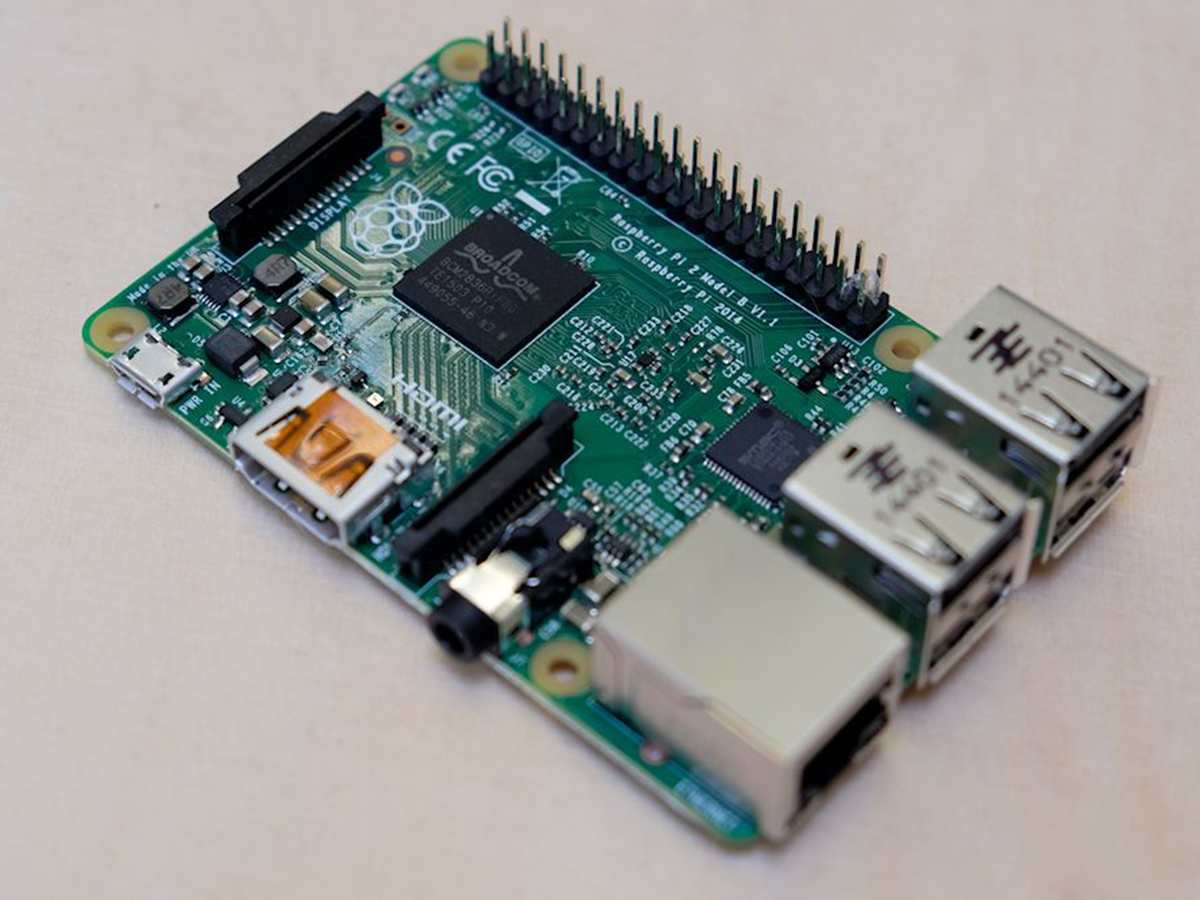
When the original Raspberry Pi launched in February 2012, the world was a very different place. Few people had heard of Makerbot or 3D printing, Arduino was a niche pursuit and Chris Anderson’s Makers: The New Industrial Revolution was still nearly a year off. The new GCSE computer science syllabus, which emphasises programming skills over the ability to open a Word doc, was merely a twinkle in Sir Tim Berners-Lee’s eye.
The fact that within 12 months all these things were not just mainstream but tipped by Gartner as the future of manufacturing, and that by then tech fashionistas had moved on from raving about the iPhone‘s focus on simplicity to building their own robots, wasn’t all down to the Raspberry Pi. But the back to basics, credit card-sized, $35 computer that spawned dozens of rivals certainly had good timing.
Famously the Raspberry Pi Foundation ordered an initial run of just 10,000 boards, expecting that to meet demand. It sold half a million within two weeks of launch.
Read more › Microsoft Windows 10 hands-on review
Pi 2, then, has a lot to live up to
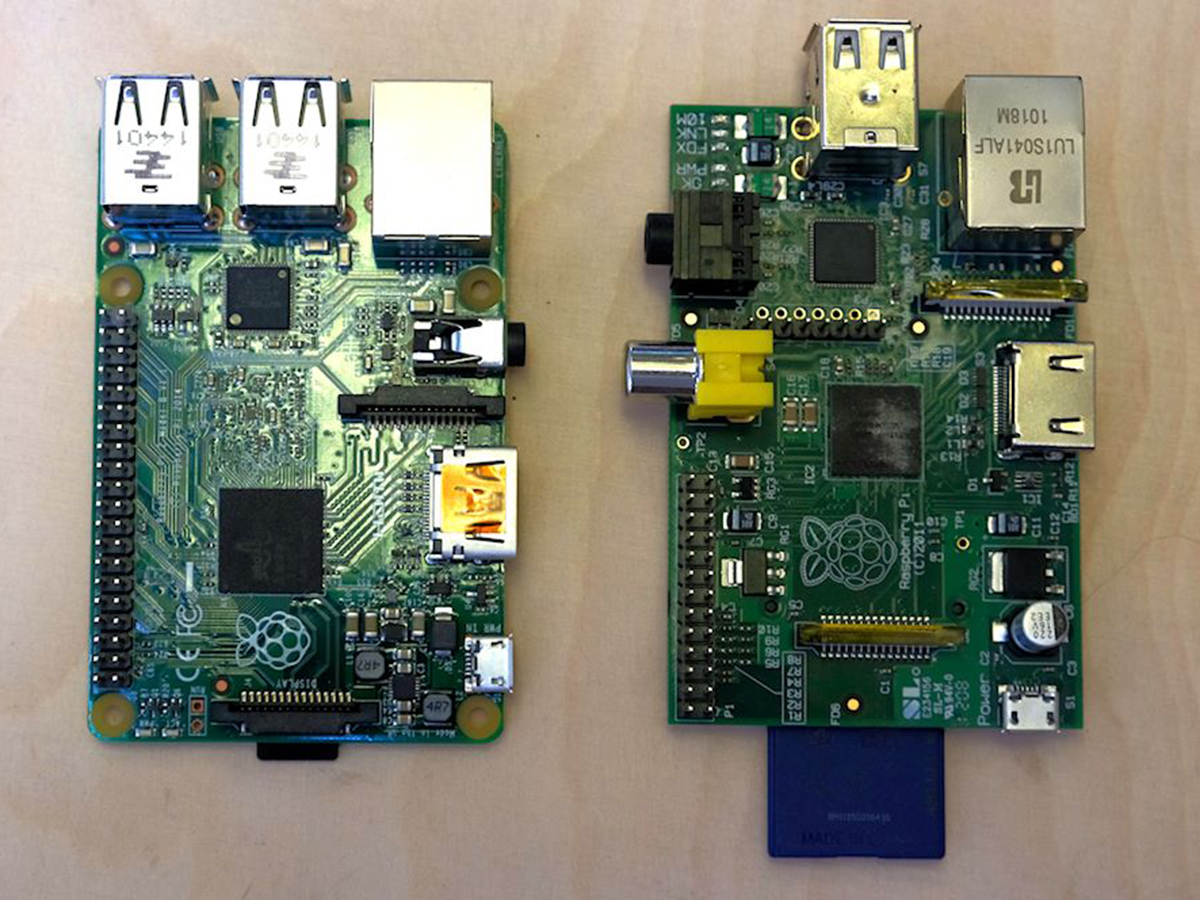
The Raspberry Pi 2 Model B (there’s apparently no plan for an updated Model A at the moment) is almost identical in size and shape to its predecessor, the Model B+. It’s a bare circuit board that’s just 85.6×56.5mm around the top, and can comfortably fit almost anywhere you want to put it – in your pocket, in a 3D printed case, on the back of your TV or chucked in a cupboard to act as a home automation or Bittorrent server.
The key upgrade is that the sluggish, single core Broadcom system-on-a-chip processor of the Pi 1 – which combines its CPU, graphics, USB controller and RAM on a tiny silicon slither – has been replaced by one that’s not just faster but has four cores and double the RAM. That’s an upgrade from 512MB to 1GB, in case you were curious. The core clockspeed is now 900MHz compared to 700MHz in older models too.
Technically speaking, this gives the Pi 2 computing power that’s somewhere between the iPhone 4 and iPhone 5. Specifically it has more cores and RAM than the iPhone 4’s CPU, but lacks the more efficient out of order execution engine of the 4S and 5.
And when it comes to plugging stuff in, Pi 2 will do just about anything, so long as it’s got a cable. It has the same board layout as the upgraded version of the original Pi, with four USB ports, Ethernet, audio out and HDMI for video and surround sound. There’s a microSD slot on the bottom, which has to be used for the operating system (which means you can’t boot from USB). There’s also a couple of rows of pin-out connectors for adding daughter boards, sensors and inputs.
What it lacks, most obviously, is any kind of wireless networking via Wi-Fi or Bluetooth. These can be added on either through USB dongles or one of a selection of low cost add-on boards designed for Pi. As well as networking, these also includes things like extra processors, realtime clocks, Arduino shield adaptors, GPS sensors, cameras and more. There are competitors that launched after Pi, such as Intel’s Galileo, Qualcom’s Dragonboard and Imagination’s CI20, which have many of these things built in, but they’re all double the price or more of the Pi 2.
Related › Asus ZenBook UX305 review
Raspberry Pi 2 in use

Ironically, the one thing that the original Raspberry Pi was designed for was the one thing it was worst at. As a controller for the automated home, a digital signboard server, media player or any one of a thousand other inventive hacks, it was brilliant. As a low-cost desktop computer for schoolkids, however, it was a bit naff.
Its sluggish processor meant that even word processing could cause the system to halt momentarily while it caught up, and once you factor in the cost of storage, a keyboard, mouse and monitor the Pi was quickly outclassed as a productivity tool and outpriced after launch by cheap Android tablets and even Chromebooks.
I’m very pleased to report that Pi 2 changes all that. It’s still never going to compete with a cheap laptop for out-and-out usefulness, but for web research and writing it’s fantastically snappy. I’ve run into a few moments of slowdown during testing, but more often than not these have been related to reading or writing data to the SD card, not the Pi 2 running out of processor time or memory.
That’s a very different problem to the Pi 1, which would hit 100% CPU time if it caught you looking at it too earnestly, and one that can be fixed by installing a faster SD card or using a USB stick as Home folder. Indeed, it’s a bit disappointing that the USB ports weren’t upgraded to USB 3.0 for this reason.
Raspberry Pi 2 is also easy to use. Installing an OS onto a microSD card is ridiculously easy thanks to the customised New Out Of The Box (NOOBS) installer you can download from raspberrypi.org. Simply copy that onto a card and it pops up with an option to install the basic Raspbian operating system or download one of a variety of custom drive images from the net.
These include a version of Ubuntu, called Ubuntu Core, which is specially designed for using the Pi 2 as a remote controller. So if you’re building a IP-controlled Pi robot, for example, you might set it up with Core, which makes it easy to push apps and update remotely.
If you want to set Pi 2 up as a media centre, there are images at OSMC ready to download and go. OSMC is a version of Kodi, which is the new name for XBMC.
Once you’ve installed an OS, the initial setup will even guide you through overclocking options if you want a bit more power.
For the most part, though, a stock install of Raspbian is where most people will start. On our Pi 2, this detected everything from monitor resolution to the USB WiFi adaptor I used instantly and without hitch, and the only real issue I had was that mouse acceleration seemed a bit broken.
The built-in browser – simply called Web – worked perfectly, but while there’s a bunch of simple Python games, a build of Minecraft and a few programming environments pre-installed, a lot of basic tools are missing. Fortunately you can grab most of these – word processors for example – from the Raspbian repository, which for non-Linux users is a bit like a text-based app store.
Type “sudo apt-get install Chromium” into a command terminal, for example, and the open-source version of Google’s browser will download and install for you.
What didn’t work for me? Crushingly there’s still no way to get Netflix to work on a Pi 2 without streaming via a Windows PC. That would have made the Pi 2 the ultimate media machine. But with Microsoft promising a Windows 10 image after its next OS is released, that might change soon.
Getting some video formats to play in Raspbian is harder than expected, too. Simply installing VLC doesn’t get MKV files working, for example, and video players compiled for the ARM chip aren’t easy to track down. Basically, if you’re going to watch movies on the Pi 2, get the dedicated media centre OSMC/Kodi. And if you’re eyeing-up the Pi 2 as a Steam In-home Streaming client you’ll also be disappointed as Steam OS won’t run on ARM chips.
A slightly milder let down is that unlike Imagination’s CI20, there’s no build of Android currently available for the Pi 2, which would make it even more usable. If apps are your thing, though, Mozilla is working on a Firefox OS build.
Raspberry Pi 2 verdict
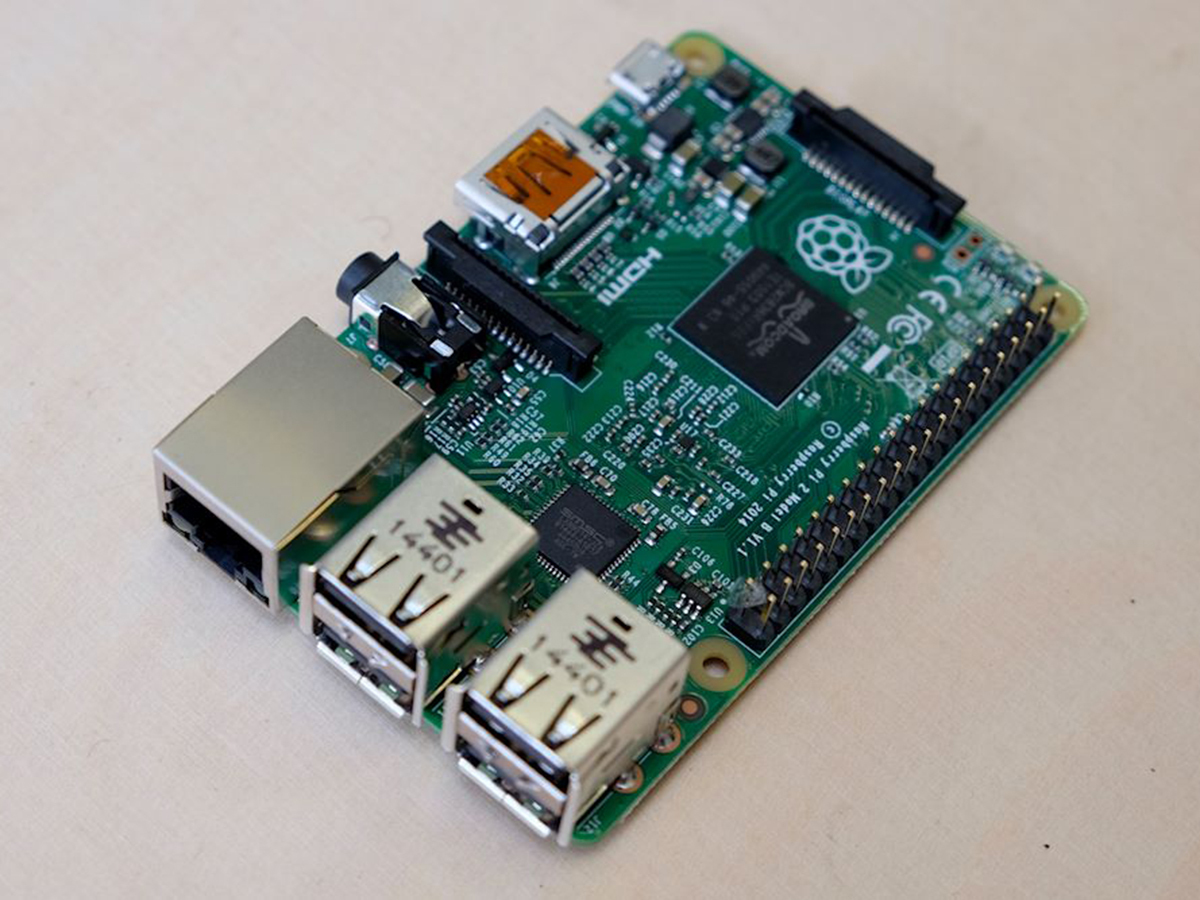
Even with these drawbacks, the Pi 2 is still the best value general purpose computer around. It’s still every bit as useful for hackers and makers and home brew projects as Pi was. Getting the most out of Pi or Pi 2 just requires a little imagination.
